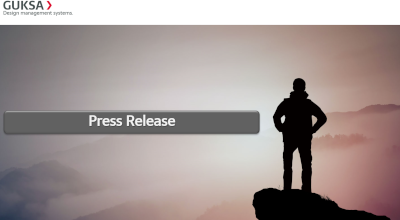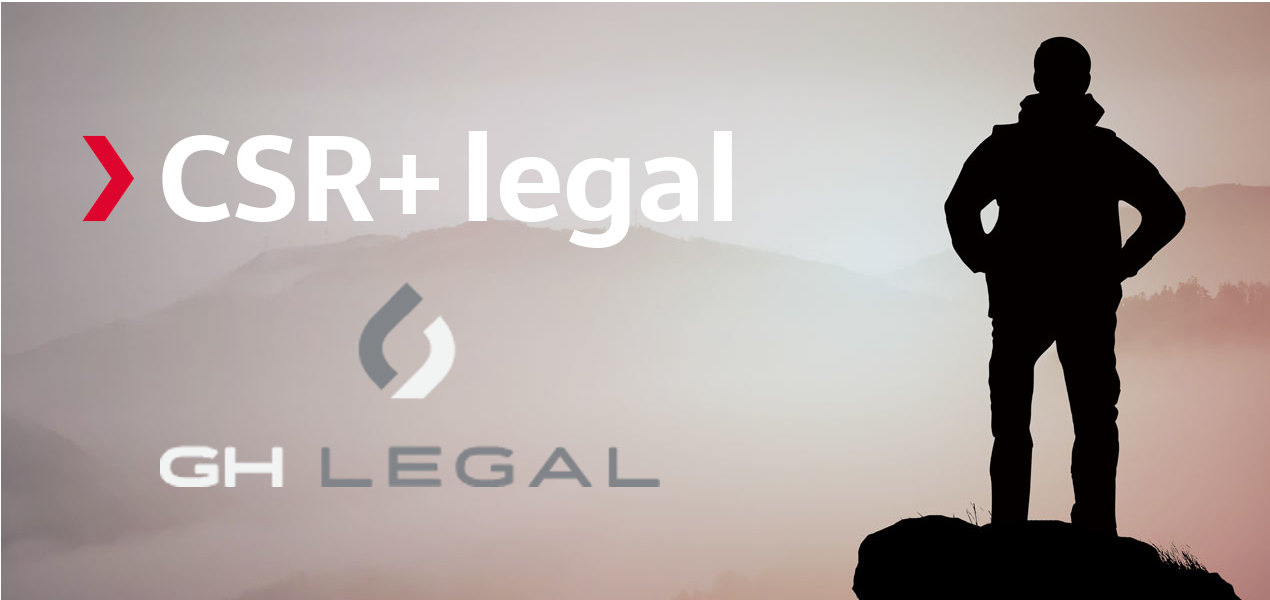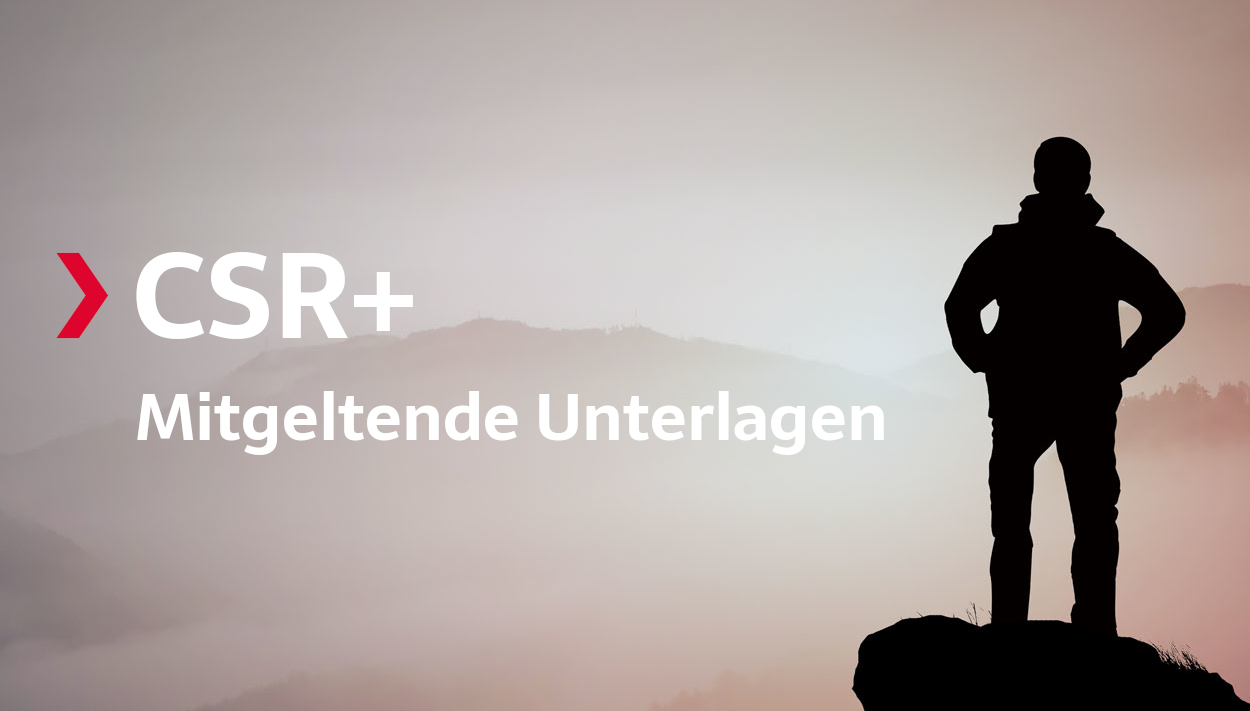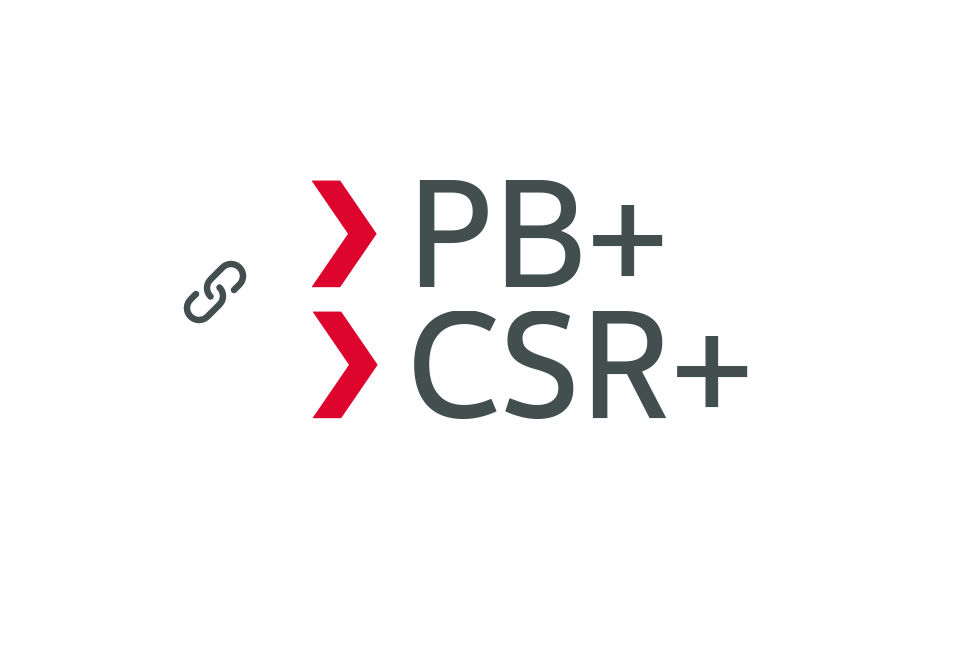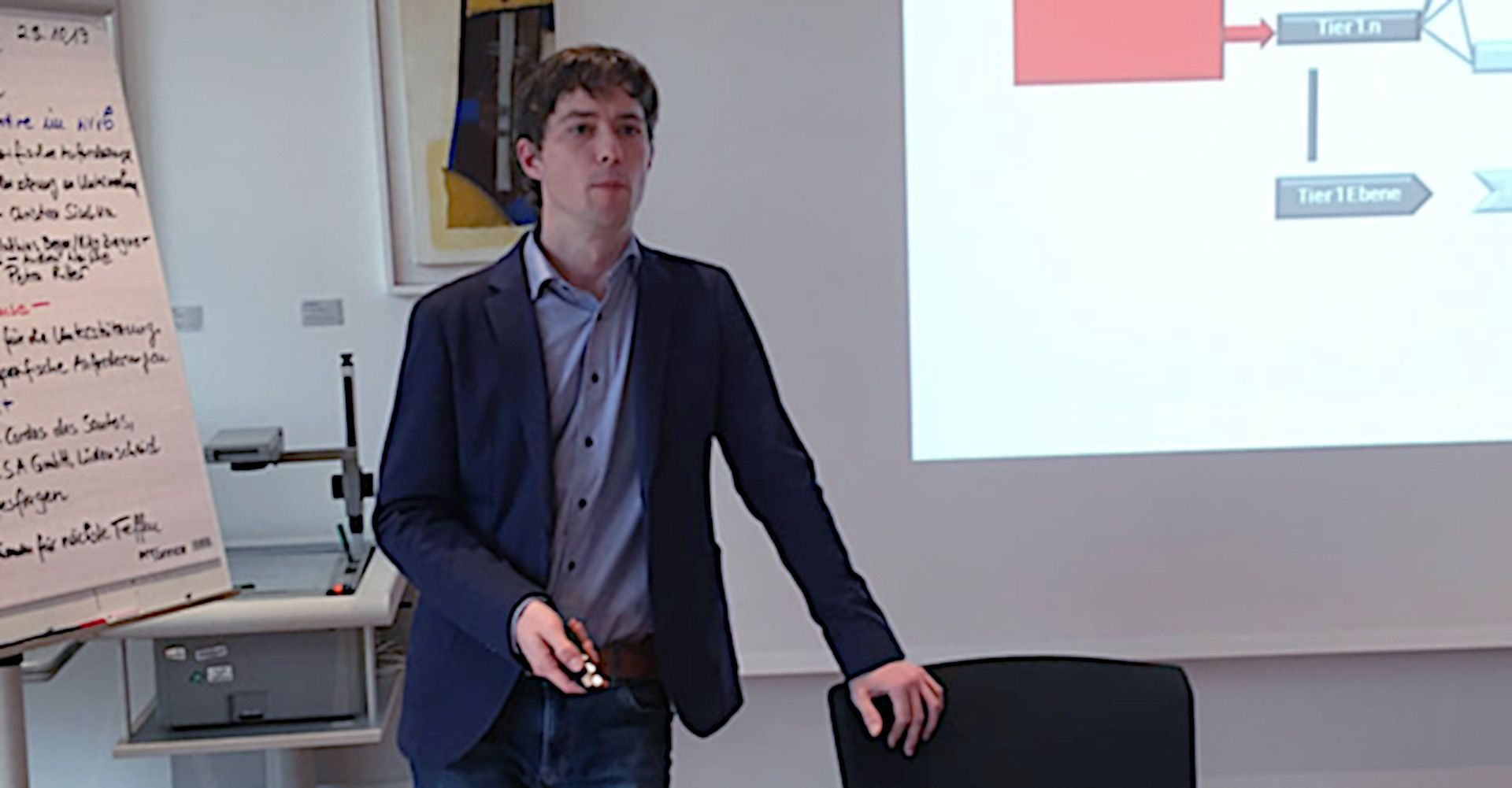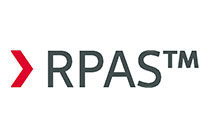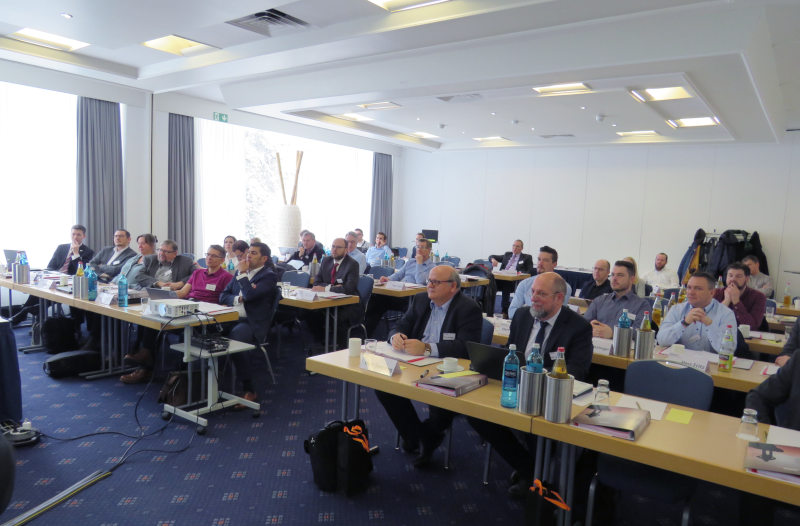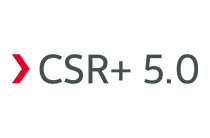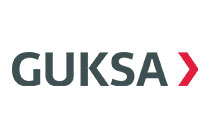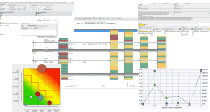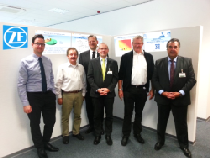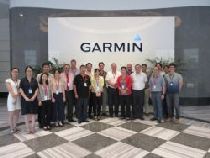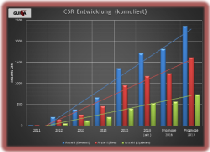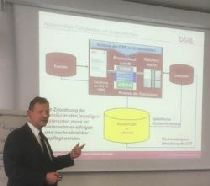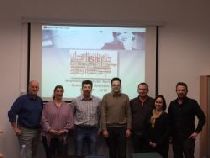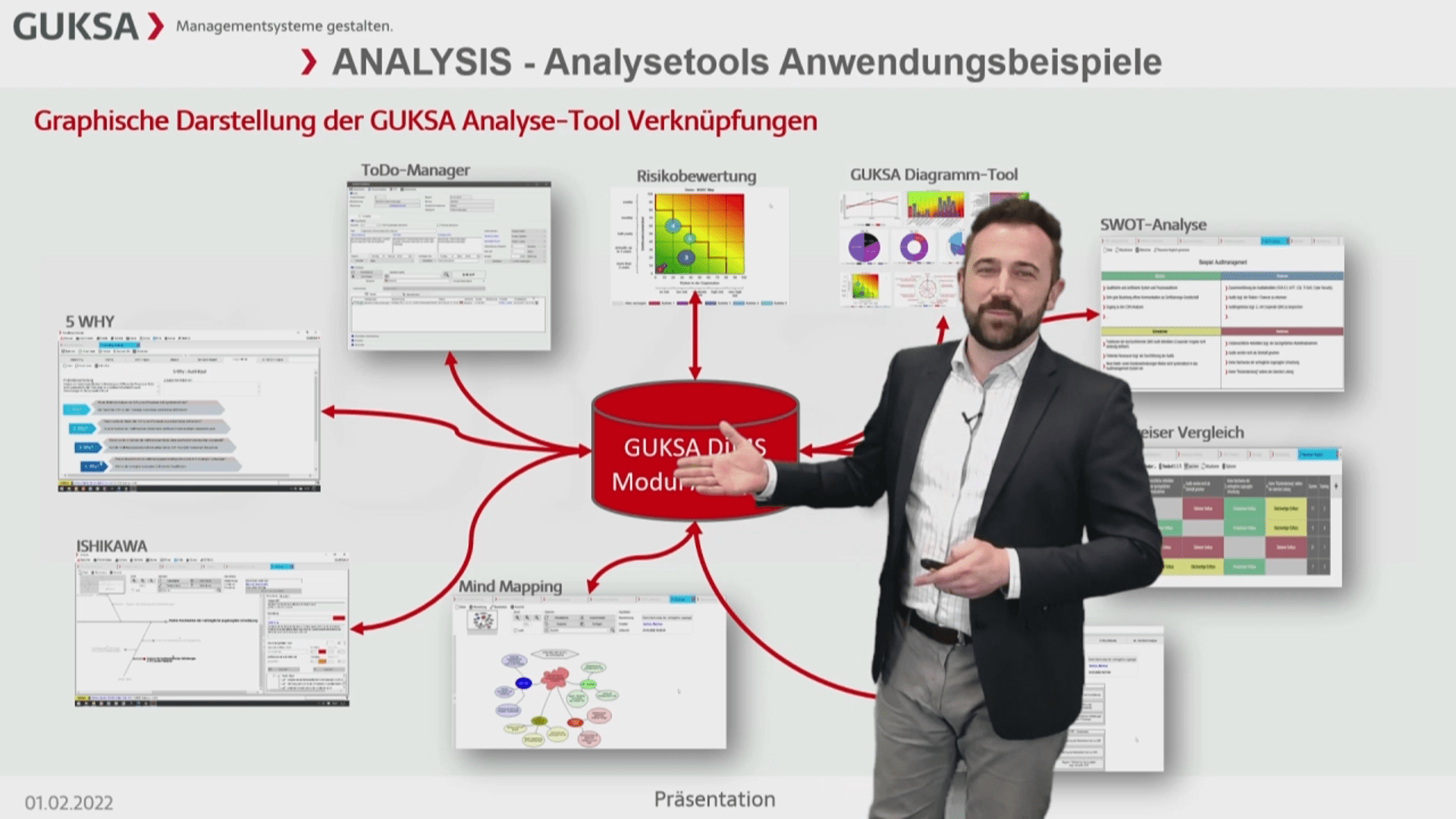|
GUKSA DiMS |
|||
|
Customer Specific Requirements >CSR+ |
Audit Management >AUDiT |
Process Audit Management >PAS |
Risk Management >RISK |
|
Feasability analysis >ATS |
Process Management >PB+ |
Document Management >DOCS |
|
|
Analysis tools >ANALYSIS |
Measure Management >TODO |
Management Organization & Opportunity Tool >MOT |
Information Security Management System >ISMS |
-
>Benefits for your company
Typical situations of analysis tools in practice
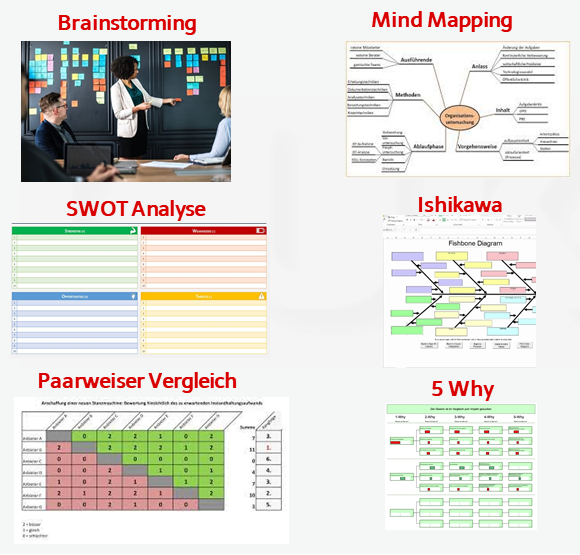
>
- Clustering effort
- Missing utensils
- Photographing and transcribing the ideas
- Missing link to other tools/applications
- Mostly Excel applications without further linking options
- Loss of recovery records
- Difficult connection to databases
- No holistic and systematic application of the tools
- Waste of resources
- ...
With the help of our GUKSA analysis tools, facts can be analyzed in a structured and comprehensive way in order to,
- Identify the "root causes in depth" through various complementary tools
- Define resulting measures from the results in the ToDo
- Avoid repeat errors and generate lessons learned
- Present systematic opportunity/risk analyses
- Distinguish between important and unimportant and make the right decisions for your business
- Reduce resource expenditures due to unnecessary copying of content, photographing, etc
- Avoid redundant data and multiple entries of identical information, as the various analysis tools are connected by integrated interfaces.
In addition, information is assigned to a project and can be viewed and, if necessary, supplemented by the various employees.
-
>Description
You would like to deal creatively with a topic, develop new ideas or deal with a new task in an unbiased way?
Do you want to carry out a positioning analysis of your own activities in relation to the competition or do you need to analyze facts fundamentally and find the causes of deviations?Our analysis tools can systematically support you in this process:
- Brainstorming
- Mindmap
- SWOT-Analysis
- Ishikawa
- Pairwise Comparison
- 5-Why-Method
- Is/Is-not analysis
In the GUKSA analysis tool, the data and results in the various applications are linked together, enabling efficient and effective execution of the analyses.
They can be further processed, e.g. with brainstorming and mind mapping, then with the Ishikawa tool, in order to show cause-effect relationships and, e.g., evaluate opportunities/risks.
Determine in detail the causes of audit deviations, which you have identified e.g. with our RPAS® module or error causes in connection with deviations in production or customer complaints. Starting from the Ishikawa diagram via the 5-Why and/or Is/Is-not-analysis, the root cause is systematically determined. The 5-Why analysis and the actual/actual-not analysis are based on standard OEM requirements.The integrated and individually created evaluation systematics and risk assessments help you to distinguish between the important and the unimportant and to process them in a targeted manner.
Based on the task or problem definition, each tool can also be used on its own.
If support is needed in the application of the methods, then take a look at our training program. We are happy to help you.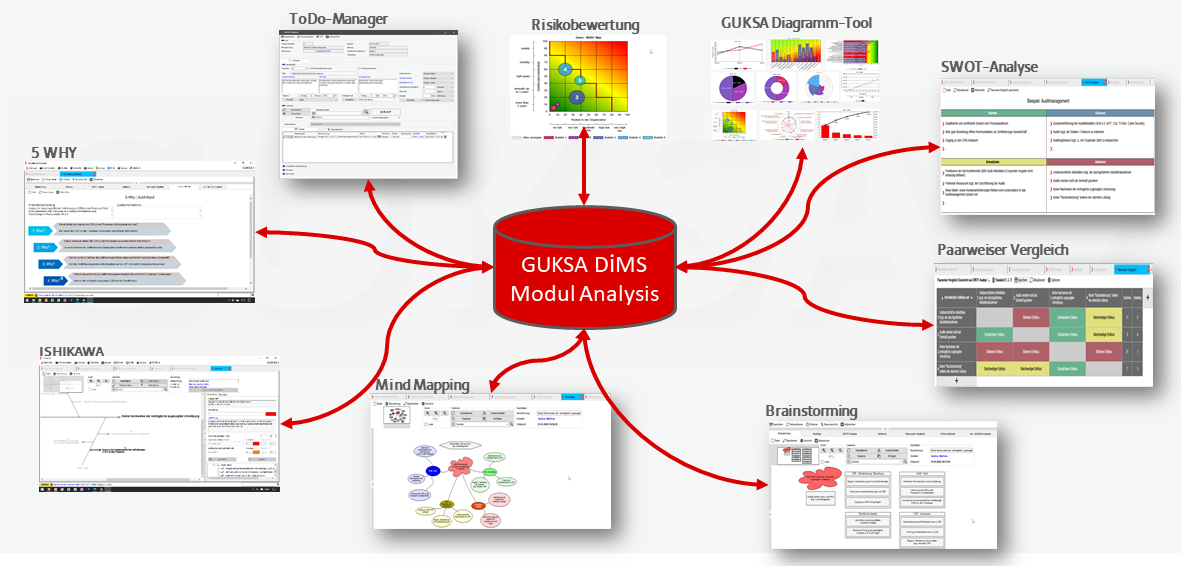
Graphical representation of GUKSA analysis tool links -
>Benefits at a glance
- The analysis tools complement each other. They can be combined with each other or used individually
- Identification of existing and potential risks so that possible threats to the company can be identified at an early stage and countermeasures can be taken
- Systematic analysis and evaluation of weak points in the company's processes in order to derive adequate and targeted measures from them
- A self-explanatory, intuitive graphic interface allows information to be recorded quickly and clearly
- Integration of various DiMS modules to eliminate the need for redundant display and maintenance of data.
- Supporting data analysis through our charting modules

Example of GUKSA analysis tools based on the optimization of audit management -
>SWOT-Analysis

The SWOT analysis as a basis for strategy, optimization and corporate planning The SWOT analysis shows strengths and weaknesses of the company/processes as well as opportunities and threats in the environment.
It is also helpful when it comes to plans for business processes or the use of new technologies/processes. This is because the result of the SWOT analysis specifies what should be considered when it comes to the current situation of the company and the future development in the environment.
The SWOT analysis should help to define the strategy for the company, to use the resources and budgets correctly, to initiate projects and to take measures. Thus, the competitiveness of the company can be strengthened or goals can be planned more systematically. The corresponding assessments can be looked at in more detail in other GUKSA analysis tools such as the Mind Mapping or ToDo Manager.
-
>Pairwise Comparison
A pairwise comparison is a method to evaluate the alternatives when preparing decisions. It can be combined with the different GUKSA analysis tools for further results and measures. In combination with risk assessment, it makes decision-making operational and prevents decisions based on gut feeling.
Pairwise comparison breaks down complex decisions into smaller packages. The complexity in these individual packages is smaller than in the complex, large problem. These packages are decided individually in pairs. Pairwise comparison is a technique for problem solving.
The pairwise comparison is suitable for all problems regarding the evaluation of criteria. The better the background for the evaluation of individual criteria is documented, the better individual decisions can be reconstructed again and again in the future. The decomposition of decision making into an evaluation of only two criteria simplifies the decision making process

-
>Brainstorming

Brainstorming to find ideas Creativity is an important basis for new ideas. And the best of them form the breeding ground for innovations, solutions, summary of ideas, etc.
Brainstorming is probably the oldest of the known creativity techniques and a proven and unchanged good means to generate known and new ideas in the teamIn our GUKSA Analysis Tool, the corresponding ideas can be examined in more detail in other GUKSA Analysis Tools, such as Mind Mapping, without having to enter the corresponding data again.
Basically, a different mindset is needed to test and evaluate an idea than to develop or implement it.On the way from idea generation to testing and evaluation to implementation, the GUKSA Analysis Tool can provide you with appropriate solutions.
-
>Mind Mapping

Mind mapping is a working method that enables flexible, creative and brain-friendly work. A mind map is a graphical representation of a topic, process or association. Usually there is a word (topic) that is in the center. From this center branch off several connections to other topics, from which in turn branch off further connections.
The methods of brainstorming and mind mapping are used to familiarize oneself with a topic. The difference between the two is that, as a rule, brainstorming primarily collects concepts and then clusters them. Cluster and mind map are two methods that are well suited for collecting ideas and structuring topics.
A mind map helps to generate new links to a topic and to organize all ideas about a topic. Unlike a cluster, the mind map serves to develop orders.
-
>ISHIKAWA
The Ishikawa or cause-effect diagram is the graphical representation of the relationship between causes and an effect (positive or negative) based on them or a result significantly influenced by them.
The aim is to identify all the causes of an issue and to show the interdependencies that exist between them. The Ishikawa method was originally developed in the context of quality management for analyzing the causes of quality defects, but nowadays it is applied to various fields of application, such as manufacturing (analysis of defect causes in the sense of Poka Yoke) and logistics. By the intensive consideration and argument with the problem cause and in addition with e.g. our Brainstorming or also with the diagrams, like e.g. correlation diagram, Pareto diagram as well as with the risk analysis, it can simplify the clarifying process and contribute so to the decision making.
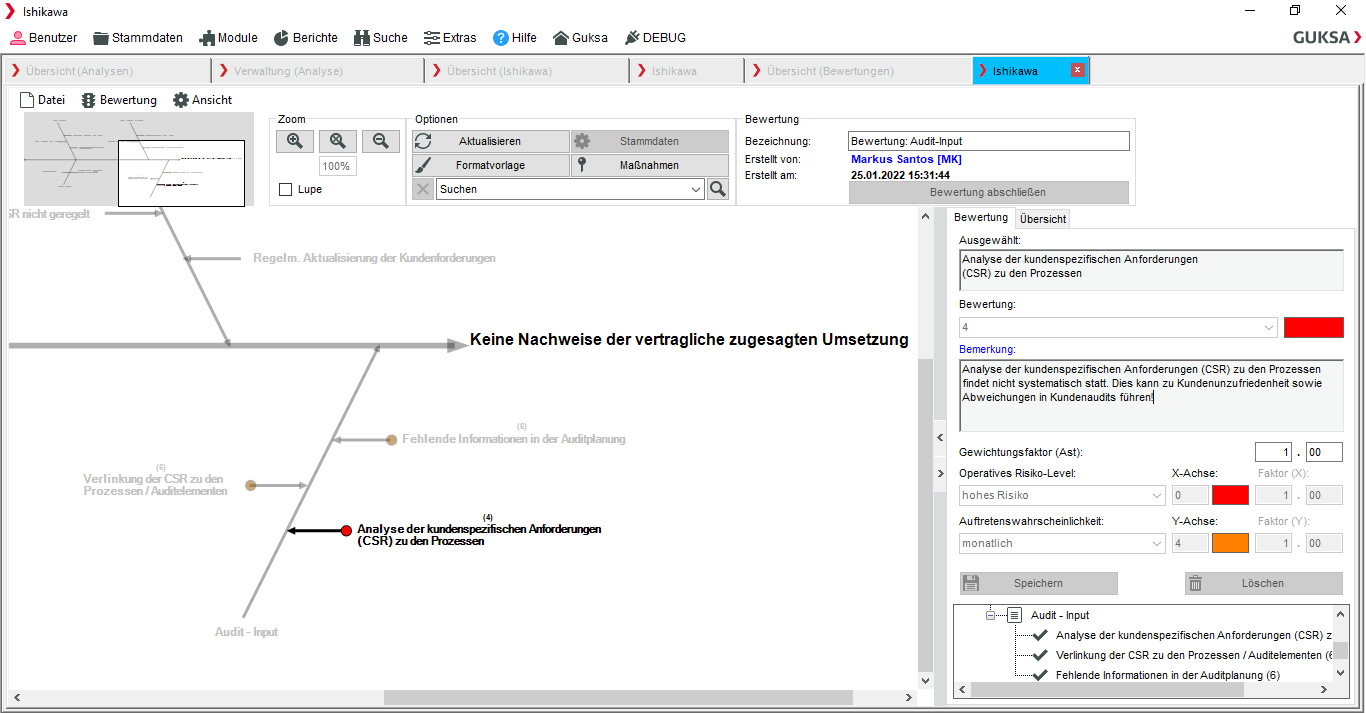
-
>5 WHY
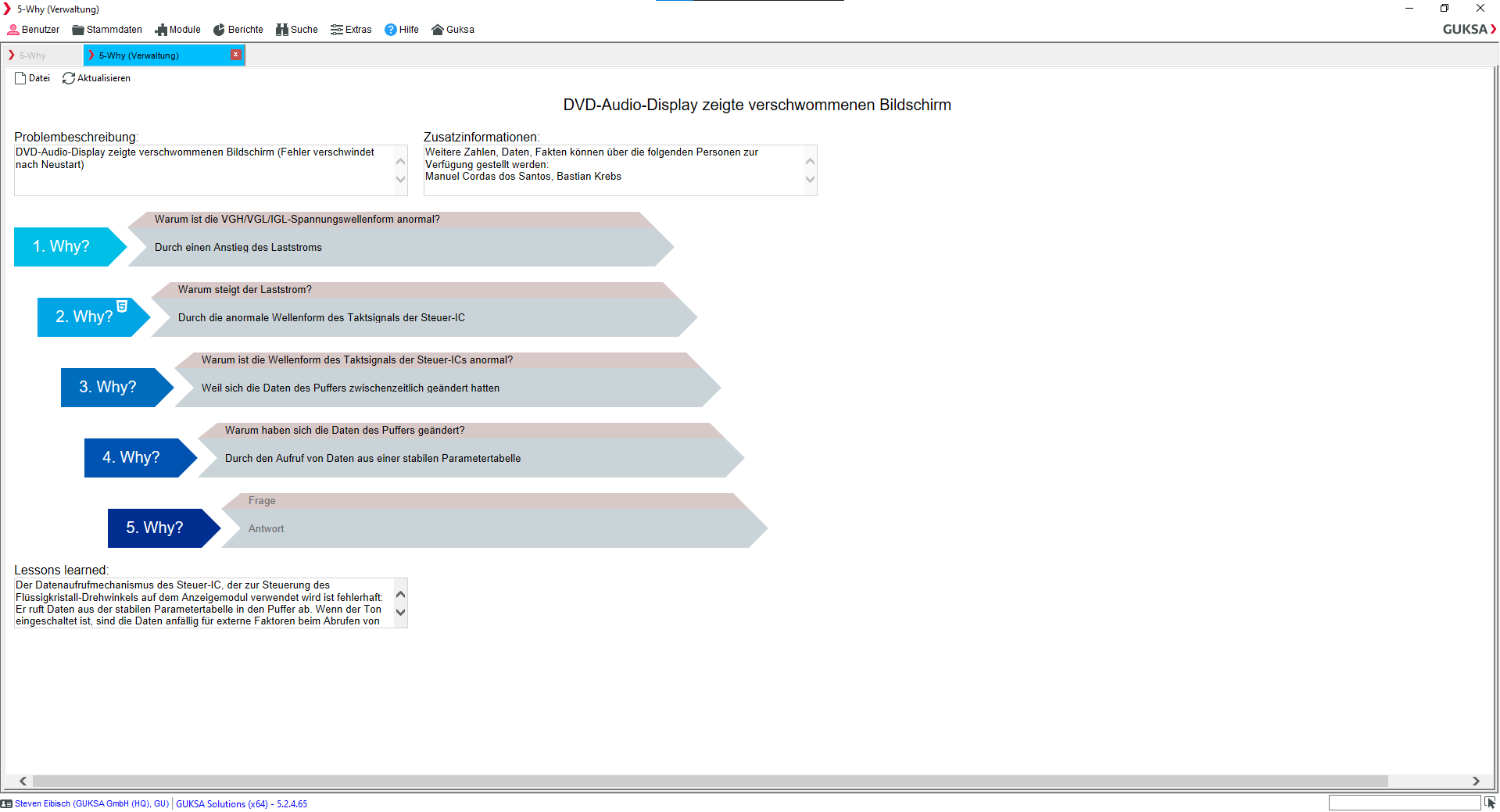
5 Why Method The 5 Why method is a brainstorming technique used in Lean. It was developed by Toyota founder Sakichi Toyoda and is based on repeatedly asking "why" until the root cause of a problem is identified. They say it takes five "why?" questions to get to the bottom of any problem.
Some problems are "circled" with fewer than five or more than five questions. The goal is simply to make sure the problem is understood as well as possible. Once the true root cause is found, these can be looked at further in an extended 5 Why deeper.
The 5 Why Method can be used in a Gemba Walk when the team is mapping the value chain, identifying an activity that is wasteful, or simply experiencing a problem. From our 5 Why method can be directly connected to the ISHIKAWA tool to analyze in-depth cause-effects holistically.
-
>Extensibility
Our DiMS Approach
Digital management system through cleverly networked GUKSA modules
The extensions to other GUKSA GmbH software modules to map all relevant management system requirements for your company, such as process and audit management is part of the DiMS systematics:
>AUDiT
AUDiT provides you with risk- and process-oriented audit results in >ANALYSIS.
>CSR+
CSR+ provides you with relevant, specific CSR requirements in a process-oriented manner in >ANALYSIS.
>PB+
Through the connection to the PB+ module, the corresponding processes from your process landscape can be used directly in >ANALYSIS.
>TODO
With the TODO Manager, the results of analyses can be directly transferred to a task tracking. Here you have the possibility to assign measures to the responsible persons, to give them a target date, to process them or to delegate them.
>ATS
With ATS, results of the analysis of technical specifications are available to you for in-depth analysis and assessment. This gives you the opportunity to analyze even complex requirements.






